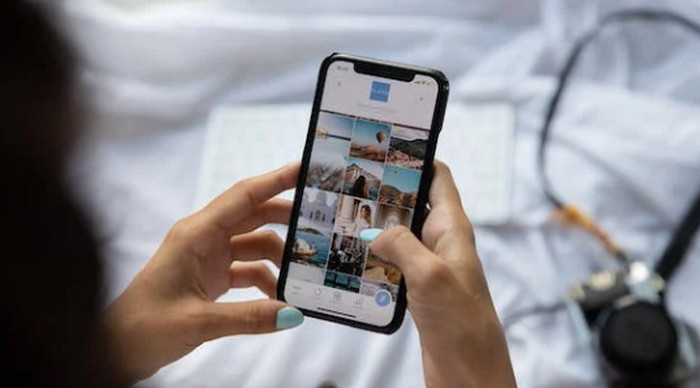There is no built-in capability on iPhones that is intended to identify automotive problems. You may, however, be referring to third-party applications or accessories that make use of the iPhone’s features to offer vehicle-related data. Here are two potential outcomes:
1. On-Board Diagnostics (OBD-II) Adapters:
To connect to the OBD-II port in your car—which is typically situated close to the driver’s seat—you can utilize an OBD-II adaptor. These adapters have the ability to transfer data to your iPhone and interact with the car’s computer system. The App Store offers a number of apps that can decipher this data and provide details about the performance, health, and any problems of your car.
Actions:
Invest in an OBD-II adaptor that works with both your iPhone and automobile.
Insert the OBD-II adaptor into the OBD-II port on your vehicle.
Use Bluetooth or Wi-Fi to link your iPhone to the OBD-II adapter.
Install an OBD-II app that is suitable by downloading it from the App Store.
In order to read and analyze data from your car’s computer, open the app and follow the instructions.
2. Apps for car diagnostics and Apple CarPlay:
There are some third-party apps that work with Apple CarPlay that provide diagnostic capabilities. These apps can tell you about any problems, fuel efficiency, and performance of your car.
Actions:
Check if Apple CarPlay is supported in your vehicle.
Use a USB cord to connect your iPhone to the infotainment system in your vehicle.
On the screen of your automobile, launch the CarPlay interface.
Using the CarPlay interface, search for and install appropriate auto diagnostic apps.
To obtain diagnostic data, according to the app’s instructions.
Crucial Information:
Use reputable and well-reviewed accessories and applications at all times to protect your car and personal information.
I last updated the app in January 2022; features and availability may have changed since then. For the most recent apps, always check the software Store, and for detailed instructions, refer to the documentation of any OBD-II adapter or vehicle diagnostic software.
It’s important to keep in mind the rules and regulations in your area regarding using mobile devices while driving. For a comprehensive diagnosis and appropriate remedy, it’s best to speak with a qualified mechanic or service facility if you’re having specific problems with your vehicle.
